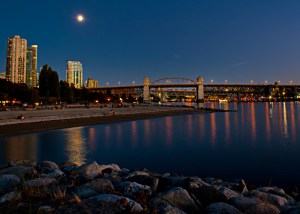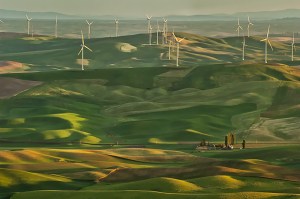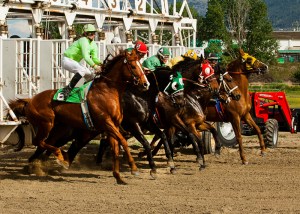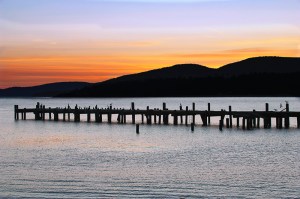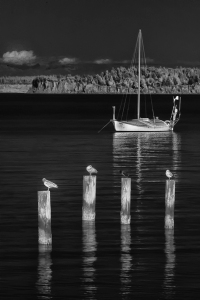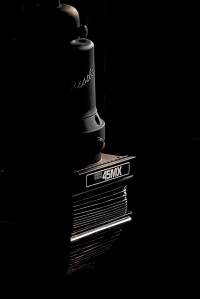My friend Jo and I decided to test out a big 400mm lens that came in to my shop.
I had brought it home to test and had tried couple shots in my yard, but decided it needed distance subjects for a realistic workout.
Jo had stopped by one evening and after a couple glasses of wine I flippantly said, “if we took it to Wells Grey Park we might find some bears”.
I was joking. Jo always tells me she would be afraid if she saw a bear wandering in the woods where we live. However, in an uncharacteristic comment she took a sip of her wine and said, “can we do that?”
A week later we drove into the wilderness park and Jo had that big six-pound lens attached to her Nikon D800. We had began by stopping at Spahats Creek Falls 400mm lens for some wide angle shots, then wandered around a long deserted homestead and were heading to Helmkin Falls when we spotted the bears.
In the forest town of Clearwater, just before the park, I talked to a local that mentioned there had been a sow and two cubs hanging around a large meadow on the way to the park’s entrance, so we were watching and as we turned a corner there were cars parked on the roadside. And there in a farmer’s mowed field were the three bears.
I stopped, placed my beanbag on Jo’s open door and stepped back as she rested that big lens 400mm f3.5 on it and began pressing her camera’s shutter.
After that exhilarating event we drove on into the park.
We couldn’t have chosen a better day. The temperature was cool enough for a light jacket and the fall colours were inviting so we stopped and stopped and stopped again to take pictures.
The park is a favourite of hikers, boaters, trucks towing large trailers for overnight camping and for anyone, like Jo and I that want to do roadside photography.
Like most photographers, we over packed. We had our cameras, tripods, lots of lenses, a bag of filters, two flashes, extra memory cards and enough food for two or three days.
We didn’t eat very much of the food, use the filters, flashes or tripods and had no need to mount a flash on either of our cameras. I only used my 24-70mm and other than when she photographed the bears with that 400mm Jo stayed with her 20-40mm. But although the need never arose for us to employ that trunk full of equipment we were well prepared.
October is my favourite time of year for scenic photography and as last year at this time, Wells Gray Park is always on my list for fall nature photos.
When the shadows grew and the temperature began to drop we knew it was time to head home. Clearwater to our homes in Pritchard is about two hours and for us that meant two hours of talking about the photos we took, photos we plan to take and places we want to go with our cameras.
I looked for a quote to end with and found this by the most famous scenic photographer of them all, Ansel Adams.






















